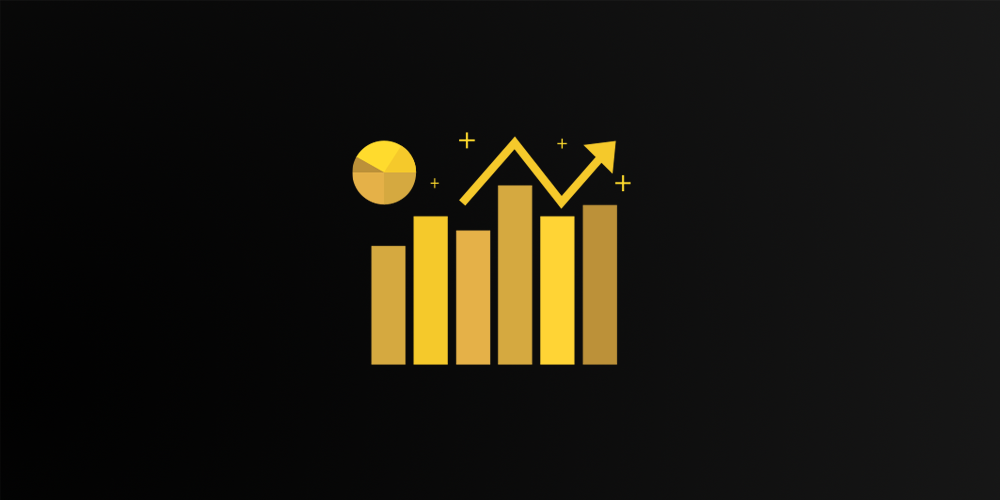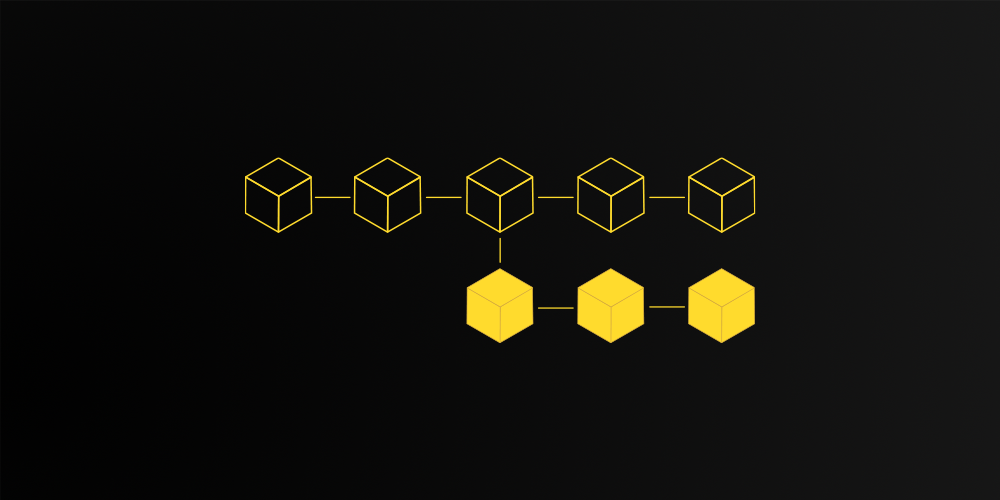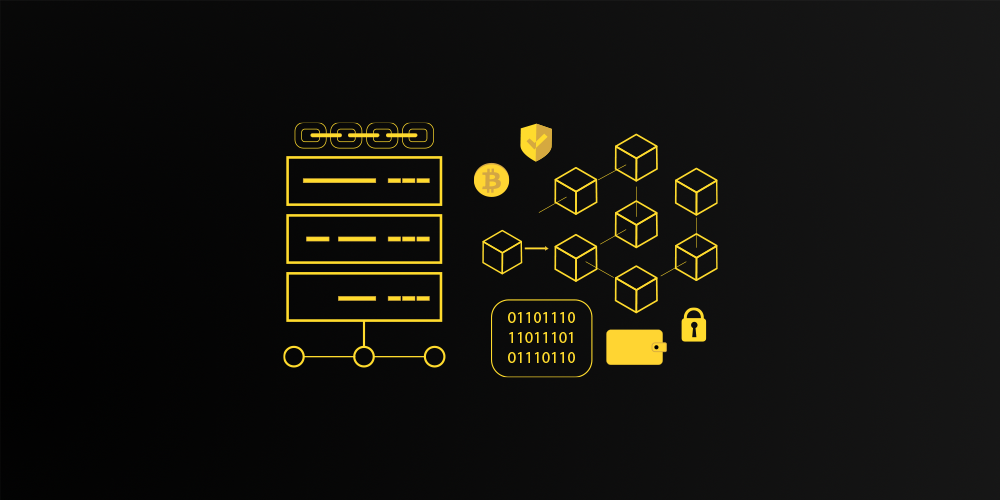Advanced Concepts, Challenges, and the Road Ahead
After building a solid understanding of blockchain’s fundamentals and technical foundations, the next step is exploring the challenges, debates, and future developments shaping the industry. This advanced guide looks at the technology from a broader, more critical perspective—where it excels, where it struggles, and where it’s headed next.
Challenges and Limitations of Blockchain
Scalability Issues
Public blockchains often struggle to handle heavy demand. As more people use the network, transaction speeds slow and fees increase. Developers are experimenting with solutions such as sharding, rollups, and Layer-2 scaling to improve performance.
Energy Consumption
Proof-of-Work networks like Bitcoin consume large amounts of energy. Supporters argue the security is worth the cost; critics disagree. The shift toward Proof-of-Stake and other efficient mechanisms is shaping blockchain’s environmental future.
Regulatory Uncertainty
Governments worldwide are still deciding how to regulate cryptocurrencies, tokens, and decentralized platforms. The lack of clarity affects innovation, investment, and adoption.
User Experience & Adoption Barriers
Managing wallets, keys, and network fees remains confusing for new users. Until blockchain becomes simpler to use, widespread adoption will continue to be slow.
The Future of Blockchain Technology
Web3 & Decentralized Applications (dApps)
Web3 imagines an internet where users control their data, digital identities, and online assets. dApps aim to provide alternatives to traditional social networks, marketplaces, and financial services.
Interoperability Between Blockchains
Currently, each blockchain functions like its own island. Developers are building bridges and cross-chain systems so users can move assets and data seamlessly across networks.
Institutional & Enterprise Adoption
Banks, governments, and corporations are exploring blockchain for everything from payments to record-keeping and asset tokenization. As infrastructure matures, traditional industries may integrate blockchain more deeply.
Conclusion
Understanding advanced blockchain concepts means looking beyond basic definitions and appreciating the complex forces shaping the technology’s future. From scalability challenges to Web3 innovation, blockchain continues to evolve at a remarkable pace. Those who follow these developments closely will be better prepared for the next wave of decentralized technology.
Disclaimer
The information in this article about blockchain is intended purely for general understanding and should not be taken as professional or technical advice. Although every effort has been made to keep the content accurate and current, the blockchain field evolves quickly, and new developments can change best practices at any time. For that reason, it’s always wise to double-check details, consult knowledgeable professionals, or do additional research before making decisions based on what you read here.
We cannot be held responsible for any results that may come from using the information provided. Readers should independently verify facts, figures, and interpretations before applying them to real-world situations. The opinions and explanations shared in this article represent general perspectives and may not reflect the views of any related organizations. Any use of this material is entirely at your own discretion and risk.





